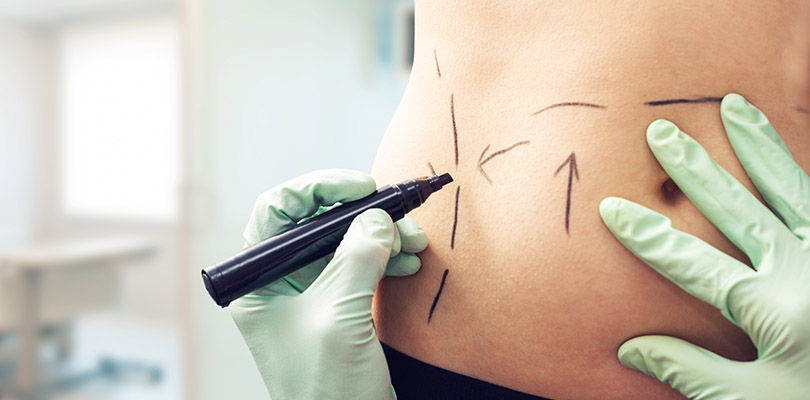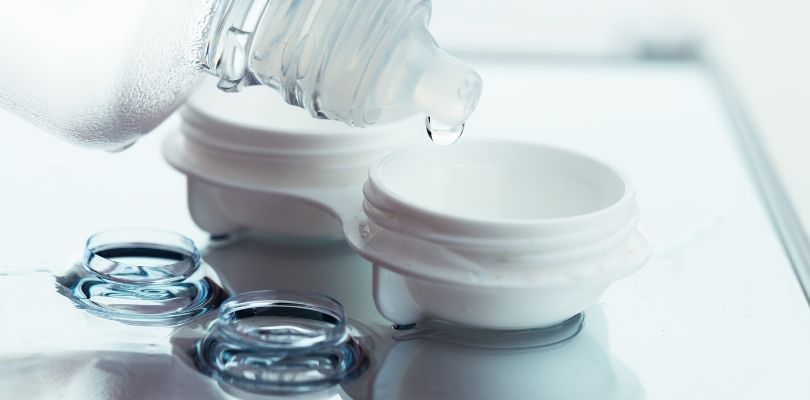The History of Plastic Surgery
Plastic surgery has been recognized since the 1800’s, but much has changed for the industry since it was first introduced.
As surgeons have become more specialized and revolutionary technology has been incorporated, more and more people can achieve their desired look in a much safer and aesthetically appealing way.
When Was the First Cosmetic Surgery Performed?
The first documented plastic surgery performed was a breast augmentation in 1895. This procedure consisted of transplanting back fat into the breast to create asymmetry.
A few years later, in 1899, the first injectable implants were used which included of paraffin, beeswax, and vegetable oil. While it appears that breast augmentation was the earlier focus of plastic surgery, skin grafting quickly followed.
In the early 1900’s Dr. Vilray Blair published an informative article about skin grafting techniques and he was instrumental in developing plastic surgery learning facilities during World War I. This was an important time for plastic surgery development, as the war wounds were the cause for many facial and skin deformities.
The First Plastic Surgery Training Program Announced
In 1924, plastic surgery learning programs reach the United States. Dr. John Davis established the first plastic surgery training program at John Hopkins, and he is also deemed the first plastic surgeon professor in the US.
Quickly following this, in 1925 the first plastic surgery division is established in a New York hospital putting plastic surgery on the map as serious medical procedures.
Plastic surgeons saw a spike in facial wounds in car accidents; they worked together to reform car safety. Included in this effort was the creation shatter-proof windshield.
The Evolution of Plastic Surgery
During the 1940s, World War II proved to be an exceptional learning curve for plastic surgery.
Burn and facial trauma victims led to the creation of nine military plastic surgery centers in the US. During this time, the techniques for hand surgery reconstruction are taking shape which will be the building blocks that modern plastic surgeons will build from to perfect hand reconstruction as we know it today.
Cleft palates, rhinoplasty, and other facial deformities become a focus during the 1950s. The basic principles of facial reconstruction surgeries are founded and revolutionize plastic surgery treatments as a whole.
What is Bipolar Disorder? This is a common question that is good to know the answer to for yourself and loved ones. Here is all you need to know.
Finally, more and more people are given the opportunity to transform their appearance and their lives. This decade of plastic surgery closes with groundbreaking work in experimental replantation. The result of this effort is the development of microvascular techniques.
Silicone, Saline and Gummy Implants Become Available
In the 1960s the first silicone breast implant is introduced. Years later, silicone would be restricted by the FDA, but that’s not the last we hear of this option.
It would take years before this implant is perfected and other options such as saline or gummy implants become available. However, the introduction of silicone is a far cry from the earliest option of beeswax and vegetable oil breast injections.
In regards to breast augmentation, the 1970s and 80s is a time of technique development. Incision site and placement are pioneered, and more options are offered to patients based on preference and surgeon suggestions.
The 1980s marks a critical time in plastic surgery as this is when liposuction first enters the US. Because of the increase in available procedures and innovative advances, more people opt for plastic surgery. In the 1990’s over one million operations were successfully performed.
Cosmetic Surgery in the Modern Age
In the 2000s, the endoscope was first introduced to plastic surgery. This is an especially critical advancement because it was a much less invasive technique that reduced scarring and recovery time.
Body contouring that includes body and facial tightening also hits the scene which makes it possible for individuals to avoid more serious procedures.
Another significant contribution from the plastic surgery world consists of a partial face transplant performed in France in 2005 followed by a total face transplant in 2010. This marks an especially notable achievement as facial transplants offer solutions for people with severe burns or facial deformities.
A few short years later, the first double-arm transplant was accomplished in Germany. While plastic surgery may be most known as a vanity solution, advancements in the industry prove that it can be life-changing for those who suffer from severe trauma or are born with life-altering deformities.







